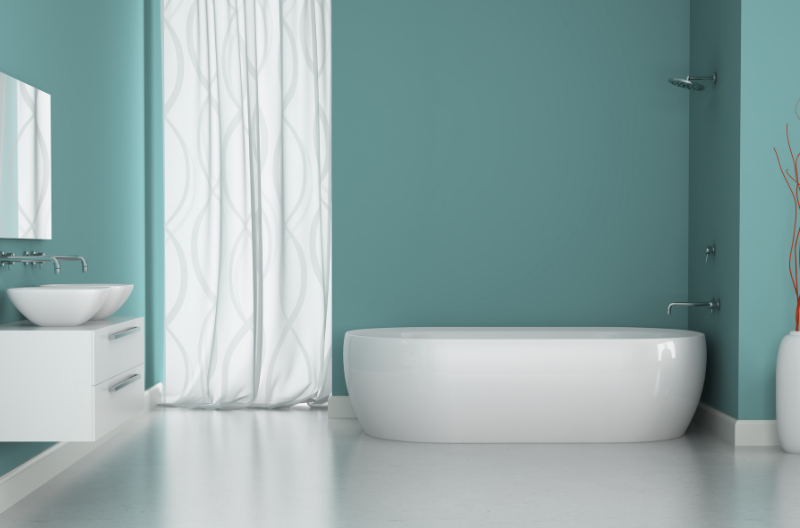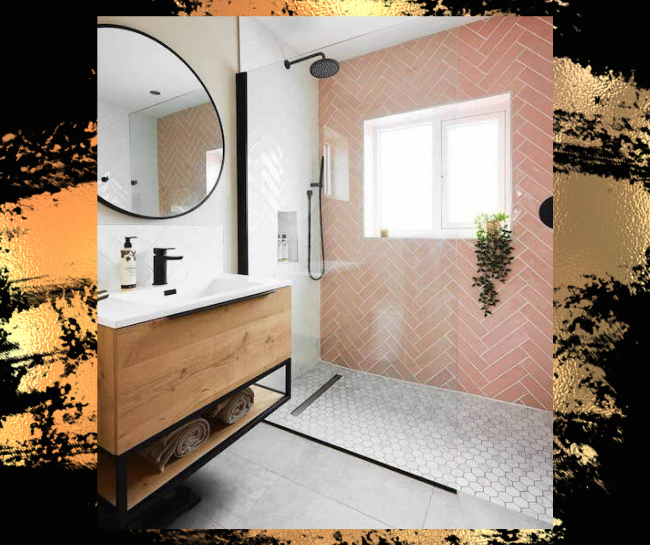Using tiles for your flooring adds a clean and regal look to your home’s aesthetic. However, rusting is a common occurrence for tile floors, especially when they often come in contact with water. But when you think about it, tiles are frequently used in areas that are likely to become wet, such as bathrooms.
Bathrooms have a lot of iron. When the water in the air comes into contact with the iron, rust occurs. As you can see, there’s a high possibility that the area where your tiles are installed may rust. Rust stains can be an eyesore, but it doesn’t mean that you should be stressed about it; simple solutions are available for you to remove the rust and restore your tiles to their original condition.
How to remove rust from bathroom tiles
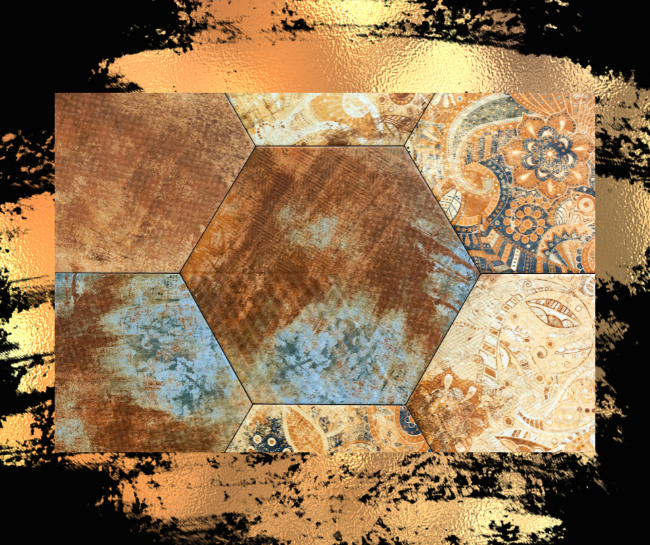
Rust stains are widespread on bathroom tiles. This is because the moisture that metallic objects leave on the tile surfaces generates rust. When the metal comes into touch with the tile or other surfaces, it consistently accumulates iron particles, resulting in these rust stains.
But the question here is: how to remove rust from bathroom tiles? In order to deal with these stains, you will need the following:
- Bucket
- Detergent soap
- Water
- Brush
- Rust removing solution
Begin by cleaning the floor. To produce a solution, combine water and detergent in a bucket. Wash the floor with a mop or brush using the detergent mixture you created earlier.
Then, allow time for the floor to dry. Spray or apply the rust cleaning solution directly to the rust stains. Wait for several minutes for it to rest. Flush the surface with clean water after wiping it away with a damp sponge.
What removes rust stains from bathroom tiles
We’ve already given you the process on how to remove rust from bathroom tiles, but what should you use as your rust-removing solution? The following are some of the common household remedies that can help you remove rust stains from your bathroom tiles.
- Lemon juice
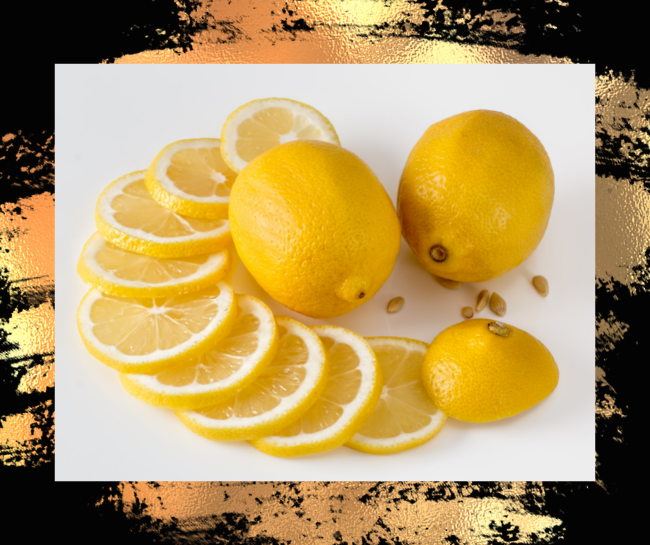
Squeeze a lemon and spread the juice on the stains. Soak it for 10 to 15 minutes before removing the spots with a toothbrush. You may have to be a little patient, but the rust will fade away without harming the tile’s surface or causing other colors.
Did you know? 🤔
Lemon juice is one of the best natural cleaners due to its low pH and antibacterial properties.
- Tomato and rock salt
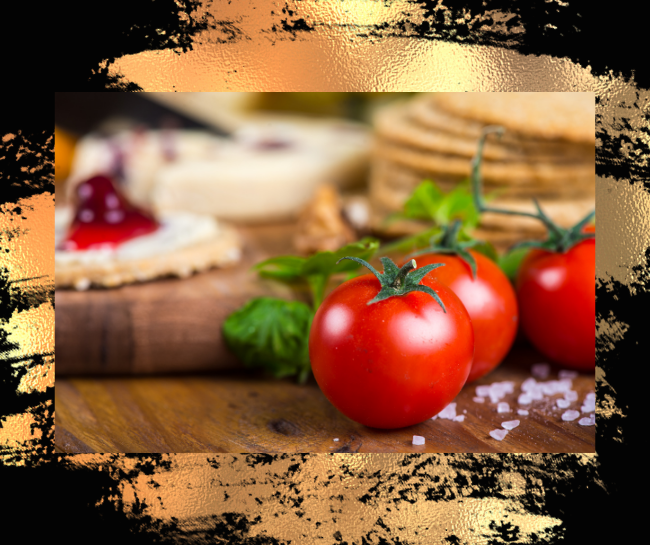
Cut the tomato in half and apply one half on the rust stain, pressing a little to keep the acid juice. Rub this with a brush in a circular pattern after sprinkling it with rock salt. Leave it for 5 to 10 minutes, and you will be happy with the result.
- Bleach
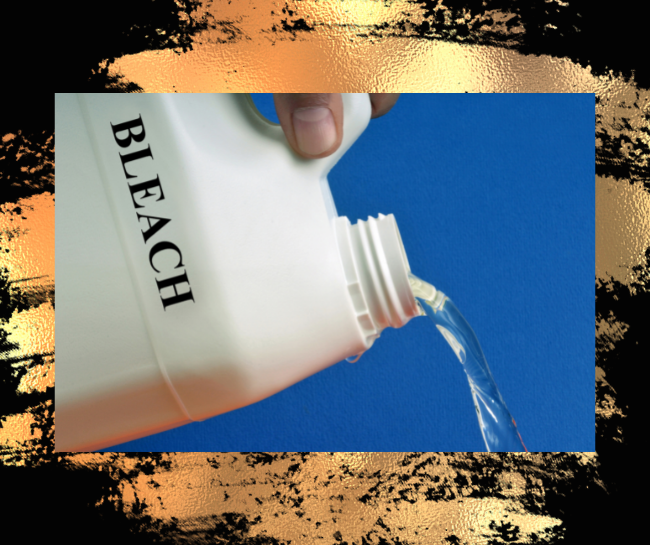
When it comes to cleaning, bleach is a miracle worker. Put a little bleach on the rust stain, wait for 15 minutes, then sprinkle some water on top and brush it away to reveal dazzling and spotless bathroom tiles.
FACT 101 😛😛😛
Bleach is a disinfectant that kills bacteria and mold. Bleach has a strong odor and emits chlorine gas, which can be harmful to human health. To avoid harm to your health, it must be diluted when used as a disinfectant.
- Vinegar
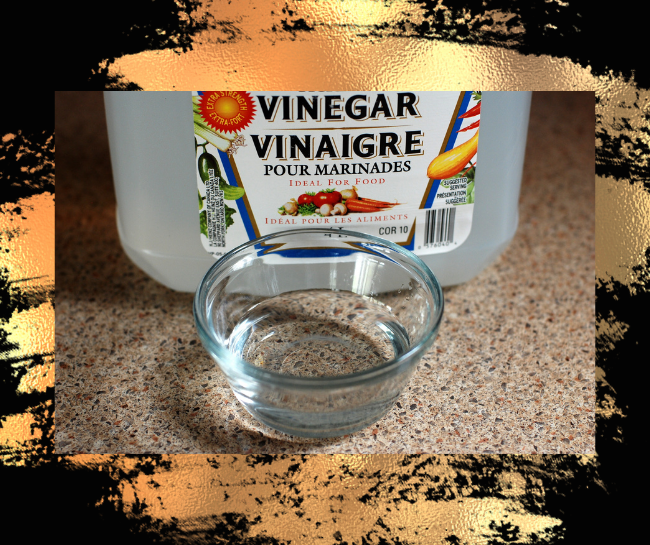
Vinegar is another option on how to remove rust stains from bathroom tiles. Apply the vinegar to the rust stain and soak it for 10 to 15 minutes. The vinegar’s acid will thin and lighten the color, making it simpler to wipe out with a clean, soft cloth.
- Kerosene
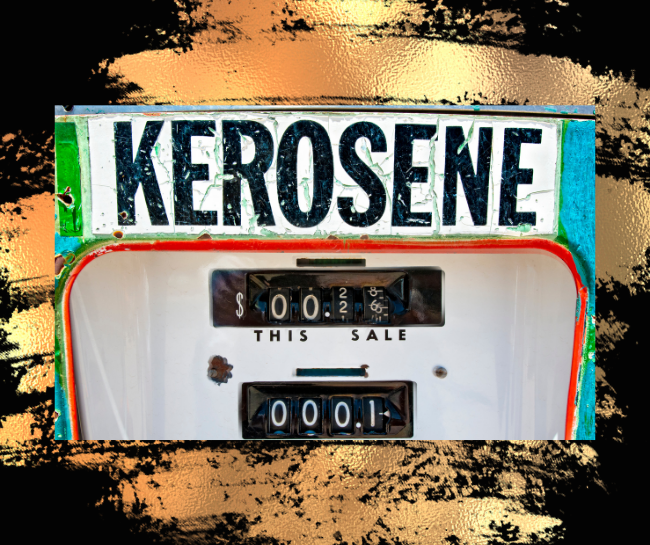
One of the most effective ways how to remove rust from bathroom tiles is by using kerosene. It’s similar to vinegar but stronger. When using kerosene, make sure not to leave it on the color for more than 10 minutes because it has a strong odor. After soaking it with kerosene, wash it with a detergent soap to eliminate the odor.
- Baking soda
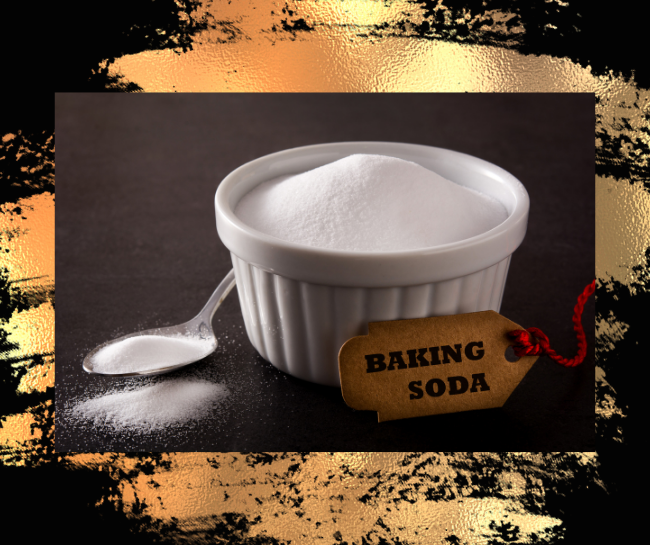
Baking soda is an excellent natural exfoliator for removing stubborn stains from the bathroom. You can substitute baking soda for salt. Apply a mixture of lemon juice and baking soda to the rust stains. Allow several hours for the baking soda and lemon juice combination to settle on the rust stain before rinsing it away with a microfiber cloth. If required, repeat the process.
FACT 101 😛😛😛
Baking soda works as a cleaning agent because it is a mild alkali that causes dirt and grease to dissolve easily in water, allowing for effective removal. Baking soda is non-toxic because it is a pure, natural product that is also a food, unlike many other household cleaners.
Protecting your bathroom tiles and things you should avoid
- Don’t use cleaning agents and chemicals that aren’t suitable for your bathroom tiles; always read the labeling and consult your flooring manufacturer if necessary.
- Please don’t use firm bristle or wire brushes, as well as steel wool pads because they will leave scratches on the tiles.
- Remember that chemical cleaners have the potential to react with one another. Ammonia, for example, is infamous for responding with other cleansers, so read labels carefully before using any.
- Fumes-emitting chemical cleansers Use them sparingly and work in a well-ventilated location if at all possible. While you’re cleaning, keep children and dogs away.
How to properly care for your bathroom tiles
It’s crucial to keep your tile floors regularly clean to avoid moisture and dirt accumulation. According to researchers, you should clean your bathroom’s wet floors at least once a week. It would be best if you swept or mopped the floor at least once a week in addition to mopping. Otherwise, dirt and grit will build upon the surface of your magnificent tile, scratching it. Also, It is essential to maintain a regular cleaning routine if you want to keep your bathroom tiles safe and free of rust stains.
If rust stains appear on your bathroom tiles, you must remove them as soon as possible. You can efficiently remove rust stains from bathroom tiles in no time if you use the methods mentioned above.
Thanks for reading! Share your thoughts now, love ya- xoxo 💘💋

